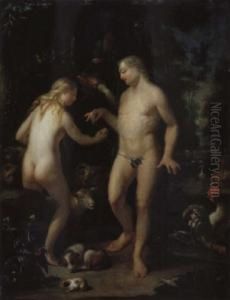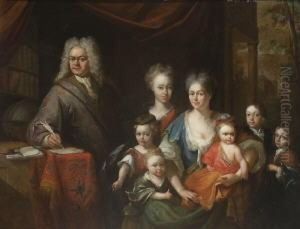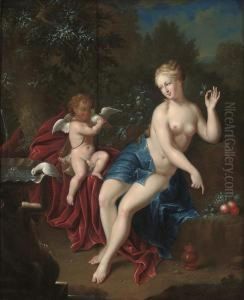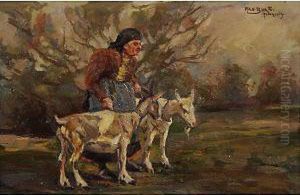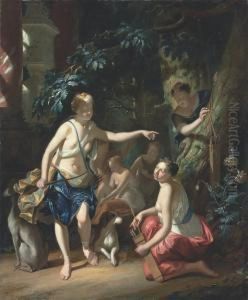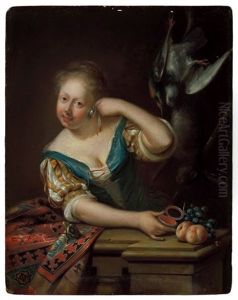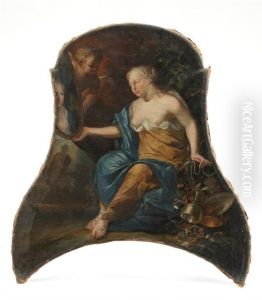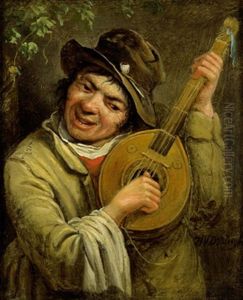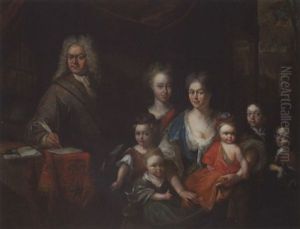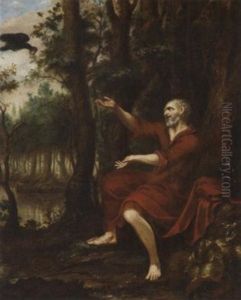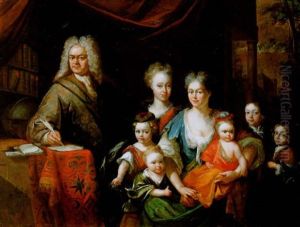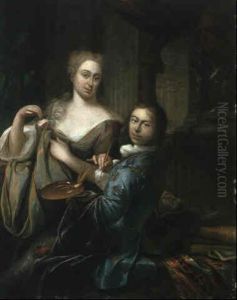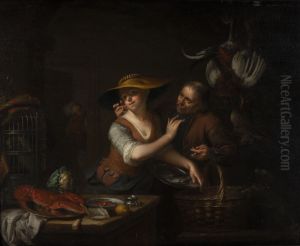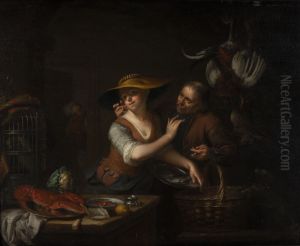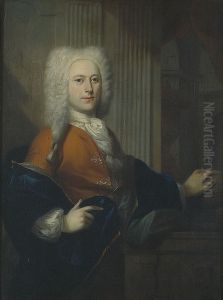Adriaan Van Der Burg Paintings
Adriaan van der Burg, also known as Adrianus van der Burg or Adriaen van der Burg, was a Dutch artist born in 1693 in Rotterdam, Netherlands. He is not as widely recognized as some of his contemporaries, and as a result, detailed information about his life and works may not be as abundant as for other artists from the same period. However, it is known that he was active during the Dutch Golden Age of painting, a period characterized by great wealth and cultural achievement that fostered a flourishing artistic scene in the Netherlands.
Van der Burg's artistic endeavors are believed to have included painting, although the specifics of his oeuvre, including the subjects and styles he favored, are not well-documented. Unfortunately, many minor artists from this era have had their works and biographies overshadowed by the more famous figures such as Rembrandt, Vermeer, and Frans Hals. It is possible that van der Burg may have been involved in the production of genre scenes, landscapes, portraits, or still lifes, which were all popular during the Dutch Golden Age.
Despite the scarcity of information, it can be inferred that van der Burg would have been trained in the artistic traditions of the time, which emphasized careful observation of the natural world, an interest in depicting everyday life, and a high level of craftsmanship. Like many artists of his time, he might have been a member of a local guild, which would have provided him with professional opportunities, connections, and possibly commissions.
Adriaan van der Burg died relatively young in 1733, at the age of 40, in his hometown of Rotterdam. His works, if they survived, would potentially be held in private collections or perhaps in the holdings of Dutch museums with a focus on art from the Golden Age. However, without specific works attributed to him, his contribution to the art world remains largely unknown to the wider public and even to many scholars of Dutch art history.
